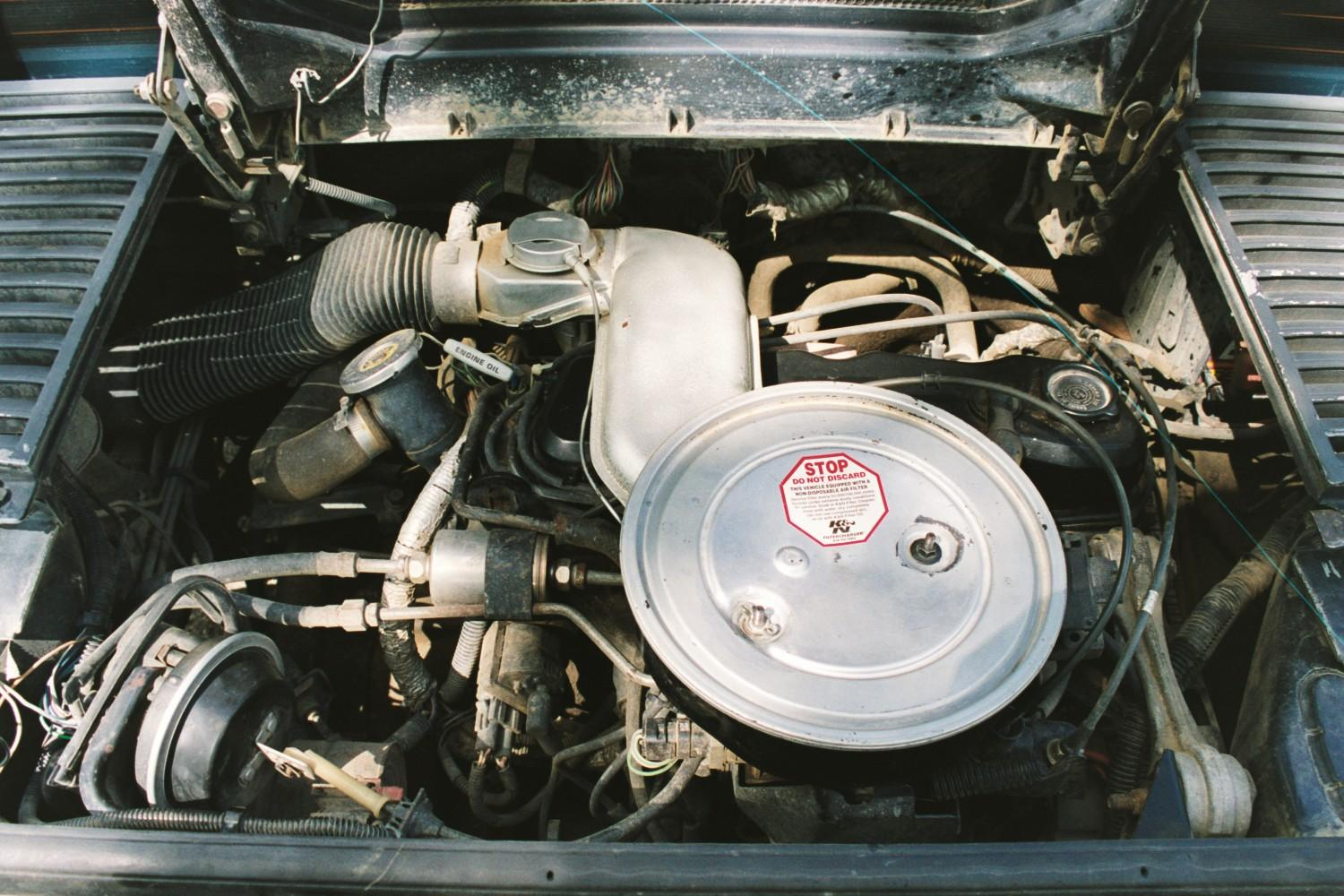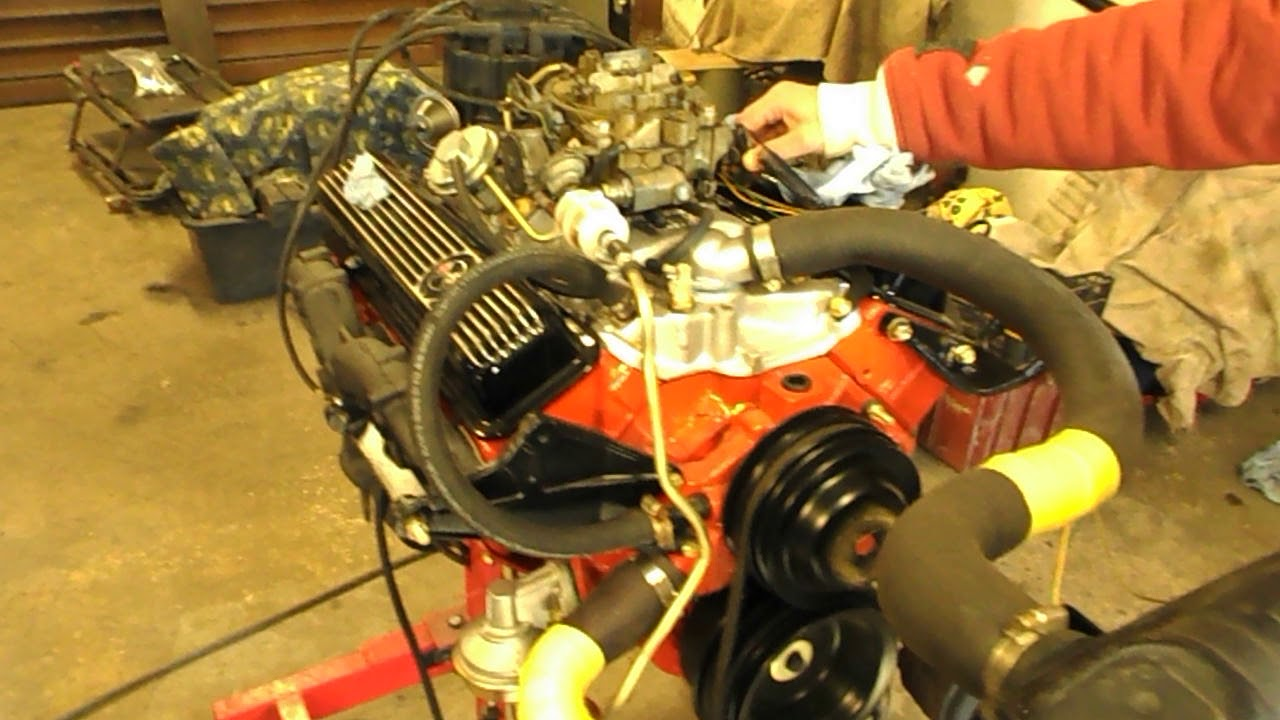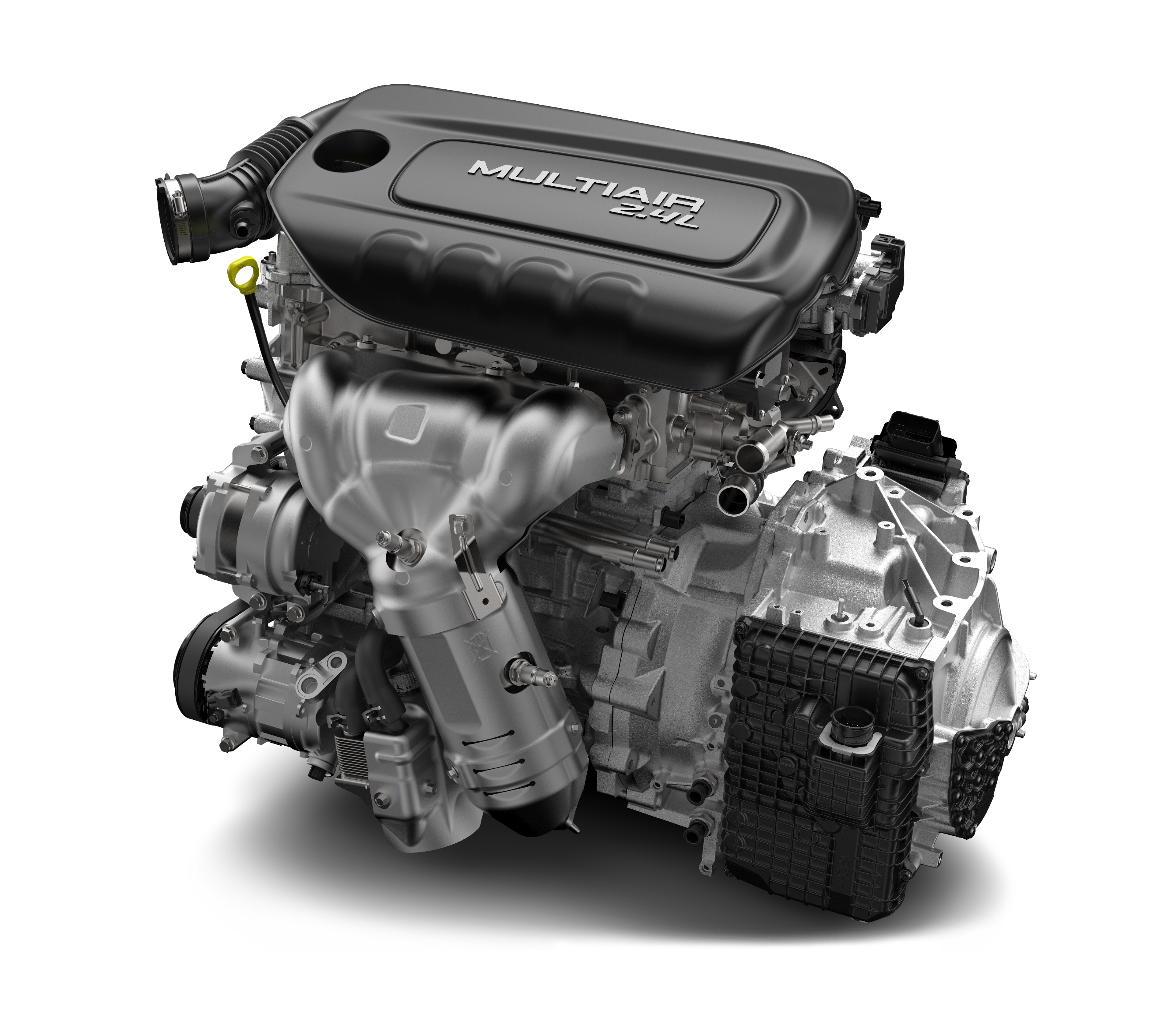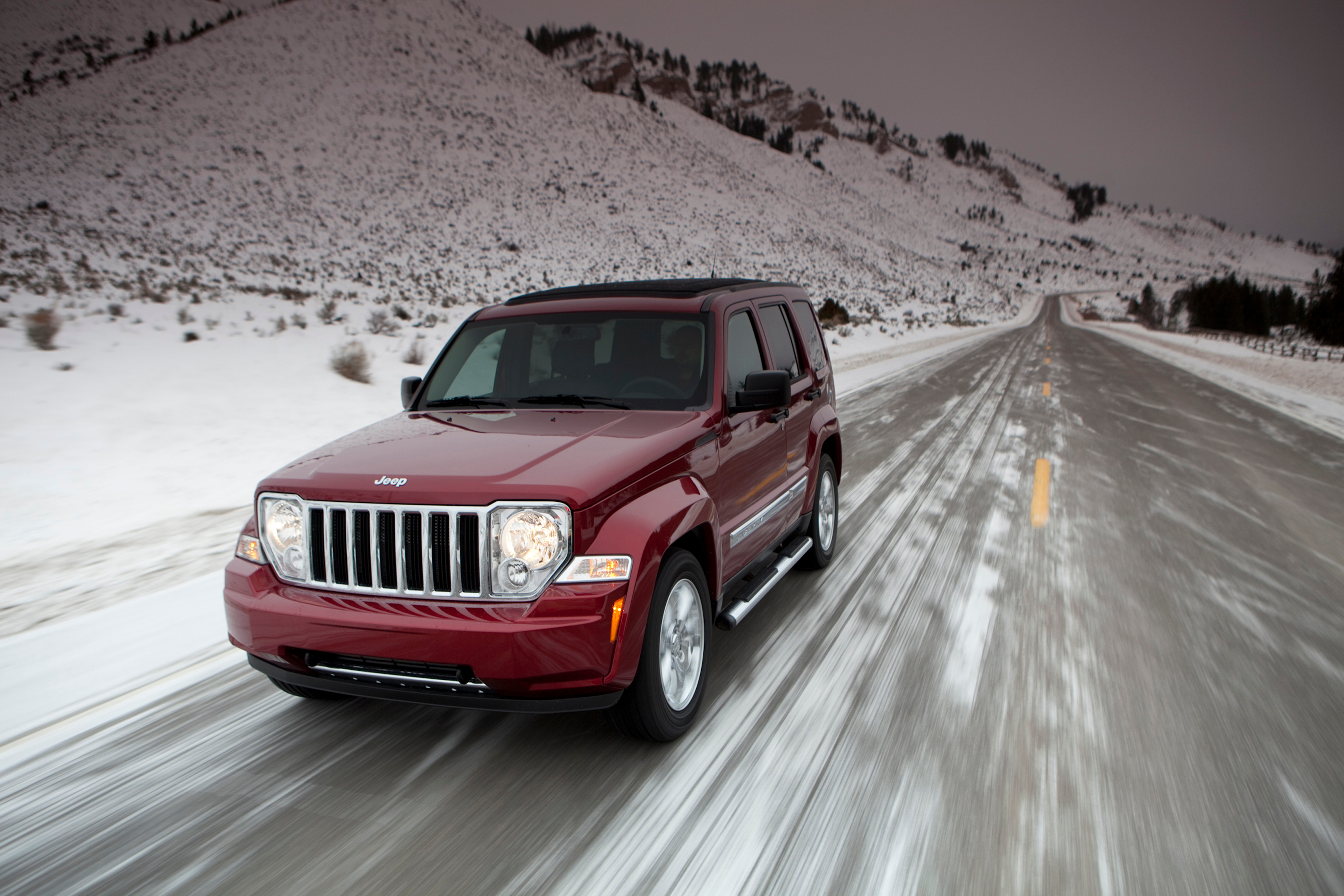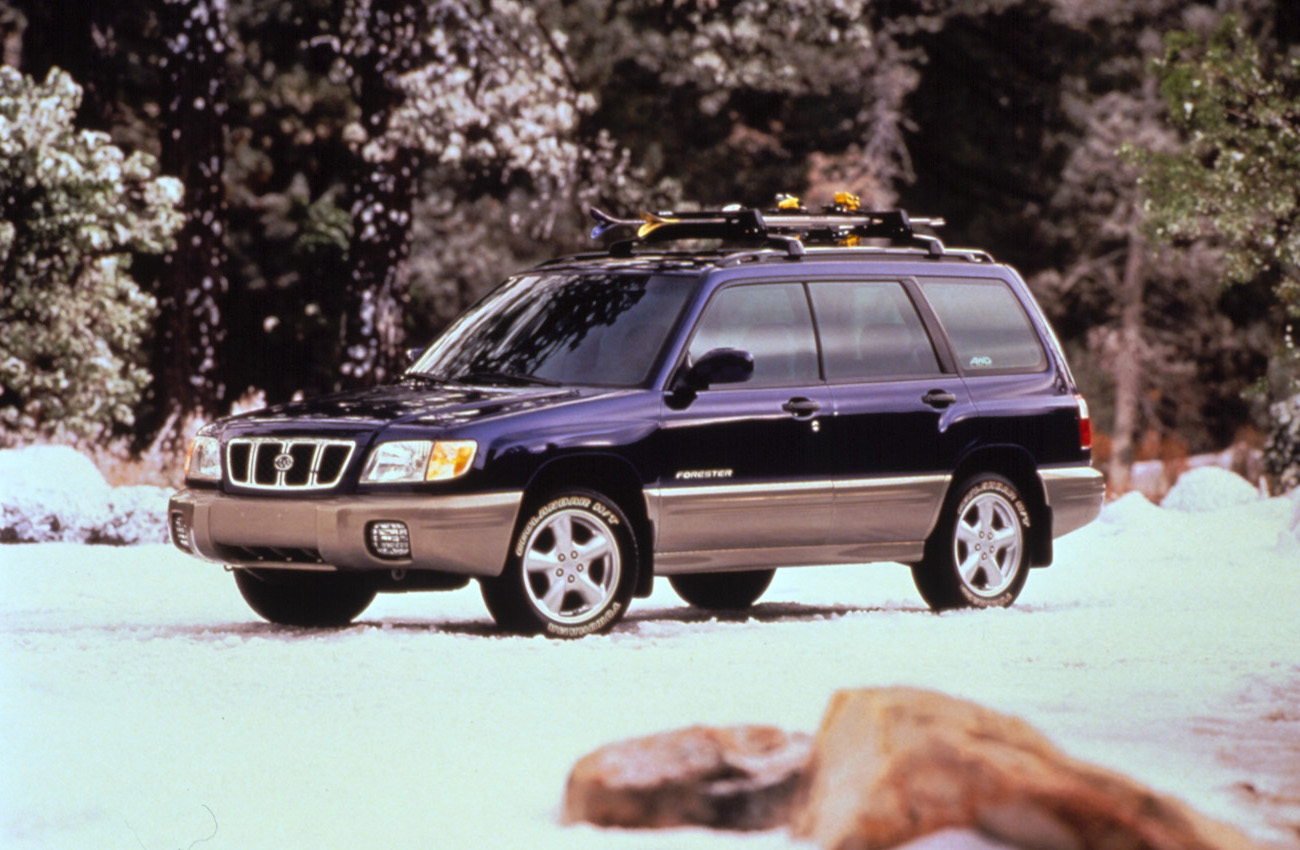Here Are The 10 Worst Engines You've Ever Driven
Some engines leave you thinking "What the hell were these engineers thinking?"
Was 2021 a great year? Not exactly! But we did have some posts that got a lot of attention. Take a walk down memory lane with us, as we think back on 2021, a year that will seem much better by this time in 2022.
I never quite understood how GM and a few other automakers were able to make rather large engines with such low horsepower ratings. One of the worst engines I have ever encountered was under the hood of a Buick Lucerne. I was a salesperson at a Buick store and we had customers that would come in for basic Lucernes. They didn't care about leather or satellite radio or anything like that. They wanted classic Buick: a big, comfortable, quiet American sedan with a column shifter and a bench seat.
While comfortable, these base Lucernes were pretty terrible to drive. A 16 foot nearly four-thousand-pound sedan with a 3.8-liter V6 under the hood made a measly 197 horsepower. While some may say that is plenty of power to get Edith and Doughlas down to Dennys, keep in mind this is mid 00's GM we're talking about. That means a four-speed automatic. I came to hate test drives of Lucernes because of this paring. GM came to its senses though and ended up putting a 227 hp 3.9-liter V6 under the hood with the optional Northstar V8 on higher trims in the models later years.
We asked readers what were the worst engines they've driven. These were their answers.
1987 Ford Mustang With the 302 V8
I had an '87 Mustang Cobra with a 302 five speed that was nothing but trouble. The engine would rev to 3,000 rpm and stay there. The oil sending unit would break every three months and the cats would rattle around like they were full of marbles. It was only a couple years old.
Suggested by: Martin Valkenburg (Facebook)
Mazda RX-8 Renesis Engine
The RX-8's Renesis is the obvious answer to this question – gutless, loud, buzzy, you have to thrash it to get moving at all, and with all of the reliability of your methed-out ex-brother-in-law promising to make his child support payments.
Suggested by: MikaelVroom
Mazda6 2.0
2.0 VVT Mazda6 automatic. No torque at all below 4,000 rpm, everything above it. It didn't know how to accelerate gently, only scream its nuts off. Great in a roadster, not so great in a family hatchback.
Suggested by: @Sir56Alot (Twitter)
Second Generation Toyota Prius Hybrid Synergy Drive
Amazed this hasn't been brought up before now: the second-gen Toyota Prius. My sister had one and I drove it when I visited her in Florida. Got on the highway and was running out of room in the acceleration lane before it even got to 50. Only time I've driven a car where I was afraid of getting rear ended because I couldn't go fast enough.
Suggested by: Pete Wells (Facebook)
Ford Temp With The 2.3
I really hate the 2.3 four-cylinder in virtually every Ford Tempo. Loud, slow, coarse, and with the automatic short several gears.
Suggested by: Beasy Mist
GMs Iron Duke 2.5
Probably the 2.5 Iron Duke. Was it durable? Yes. It was everywhere back in the '80s, and to some extent today if the USPS delivers mail with an LLV that still has one. The engine note is unmistakable. An unrefined drone that you heard from every other Ciera, Celebrity, Century, 6000LE or S10 pickup. Yep, that's an Iron Duke. And the rock crusher idle ... I would listen to my friend's Honda idle away and wonder how something could be so refined and smooth.
Suggested by: Mark Stoltz (Facebook)
Dodge Aries With the 2.5 I4
I had to think hard about this, but ... Chrysler 2.5-liter four cylinder in the 1987 Dodge Aries we had when I was a kid.
It boggles my mind that at the same time that Toyota was offering the 4A-GE in the MR2 I had, and Honda was just about to roll out the B series, this is what Chrysler was doing. It produced maybe 100 horsepower from 2.5L, had a redline of about 5,000 rpm (but no tach) and didn't even sound like an engine, really. As I recall, it required a bottom end rebuild, optimistically, every 80,000 miles, and came mated to the most horrific 3 speed automatic transaxle ever, which required a rebuild ever 30,000 miles.
And for all that, you got fuel economy in the low 20s. Its one redeeming quality seemed to be that it was cheap.
Suggested by: TheChafing
Holden Monaro With The Gen III LS1 V8
Maybe not the worst but certainly the most disappointing based on spec was the Gen III LS1 in the 2001 Holden Monaro CV8. With the six-speed manual, it had no torque and wouldn't rev either. A gutless dog.
Suggested by: @RodFuller19 (Twitter)
Ford CVH Engine In The Mercury LN7
The 1.6 CVH in my 1982 Mercury LN7, Needed a new head and timing belt at less than 80,000 miles. Would not go above 80 mph. Gutless.
Suggested by: Bob
2015 VW Jetta With 2.0 Turbo Engine
I rented a 2015 VW Jetta from Hertz and it had the non turbo tow-liter engine that made about 115 horsepower with a six-speed automatic. That car was gutless had no power couldn't pass and that six-speed automatic robbed it of most of its power accelerating. And at the time I had a 2000 Pontiac Sunfire that made the same power with a three-speed automatic and it would easily have whipped it's @$$ in a drag race You know it's bad when the step down at Hertz is a Hyundai Accent and it has about 18 more horsepower than the Jetta did and felt more fun to drive than the Jetta did.
Suggested by: Tim Kastner (Facebook)
GM 267 V8
I'm going to pick a Small Block Chevy as the worse engine. The 4.4L V8 that GM built from 1979-1982. Let's count the ways it sucked.
1. Power. In 1979, it made 120 HP. By 1982, it was under 100. Out of a 267 cu inch V-8. Torque values also sucked.
2. Vacuum Hoses. Every put 10 boxes of spaghetti into a two quart bowl? That is what the engine bay looks like. Most touched the exhaust manifolds.
3. Parts Compatibility. It's a SBC, you can always update parts ... Except it doesn't share a single part with any other SBC. Even swapping heads from a better engine (yes, even the 305 heads were a massive improvement) took welding and machining.
4. Quality. Long story short, my dad was on his 4th engine before the car got to 5k miles. With 2k oil changes, it failed (rounded cam) at 70k miles. It cracked a head at 80k miles because they were fragile.
5. Fuel Economy. The 267 was supposed to get much better fuel economy than a normal SBC. I got 17 on the highway in a Malibu with insanely tall rear end gears (2.42?) I had a friend with a Malibu wagon police car. He had 3.83 gears and the police special 350. He got 19 on the highway, even though his car weighed more, had twice or more the power and a short rear end.
6. Ease of work. It was a "Metric Engine." In theory, all the wrenches should be metric. In reality, it was a hodgepodge. I changed an alternator on the car. It needed a 1/2", 12 mm, 13 mm, 9/16", 7 mm, 3/8," and a square drive socket to do the work. Most bolts in the engine bay had different wrenches for the nut and the bolt and almost all of them used both Metric and Standard wrenches. My dad found the AC compressor used a Whitworth for some damn reason.
7. Reliability. Until I upgraded the engine with lots of modified aftermarket parts, the car was 0/50 on trips over 100 miles. No joke. It NEVER completed a 100 mile trip without a tow truck being involved at some point in stock form.
Suggested by: hoser68
FCA Tigershark 2.4
FCA Tigershark 2.4L in a Jeep Cherokee with the new (at the time) nine-speed trans was pretty awful. We had four adults trying to get up to Lake Tahoe and it had to scream at 5,000 rpm just to pull us up there. Buzzy, brash engine with no redeeming qualities. The transmission had no idea what gear it was supposed to be in at any time and actually displayed the incorrect gear number on the dashboard at times.
Suggested by: deezler
Ford Cologne V6 In The 1990s Explorer/Ranger
Without question, the worst hunk of crap engine I've experienced is the 1990's era Ford Cologne V6 as applied to the Explorer and Ranger. The Cologne was a loud, thrashing, moaning hunk of scrap iron that made more noise than power. A SOHC version alleviated the horsepower issue to a minor extent. That is, until it blew up, which was fairly common. And unsurprisingly, Ford stuck with it for far too long. It's almost like the Engine Department said "This is terrible. Let's use it forever!" (Obviously they'd been hanging out with Ford Transmission.) The Cologne was a 100-decibel boat anchor, and its siren song of mediocrity still rings in my head to this very day.
Suggested by: Corinthian Leatherface
2012 Jeep Liberty With The 3.7 V6
2012 Jeep Liberty. It had a 3.7 V6 that only produced 210 horsepower. It was abysmal, especially with its four-speed auto transmission. It just kept revving but wouldn't move. It was awful to drive and got horrible gas mileage (14 in the city).
Suggested by: MJ Šunjić (Facebook)
1998 Subaru Forester With the EJ25 Engine
The Subaru EJ25 (first-gen) in my '98 Forester damn near killed me, budget-wise. Head gaskets, ignition issues, hoses, hoses again, spark plugs (a bigger problem than you realize, as it requires tentacles to get them back in), etc.
When the car was running it was great, except the fuel economy was never better than merely fair. I never asked for more power, I wanted better economy and for the damned thing to stop breaking down.
I miss its outrageously comfortable seating position and useful shape and size, the easy competence of always-on AWD, and the absolutely excellent outward vision. And nothing else.
Suggested by: Elhigh






